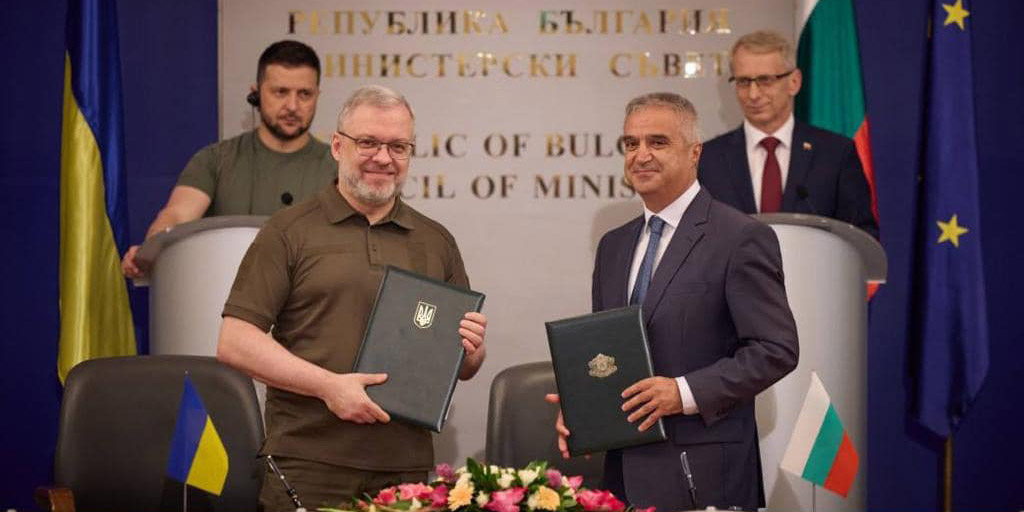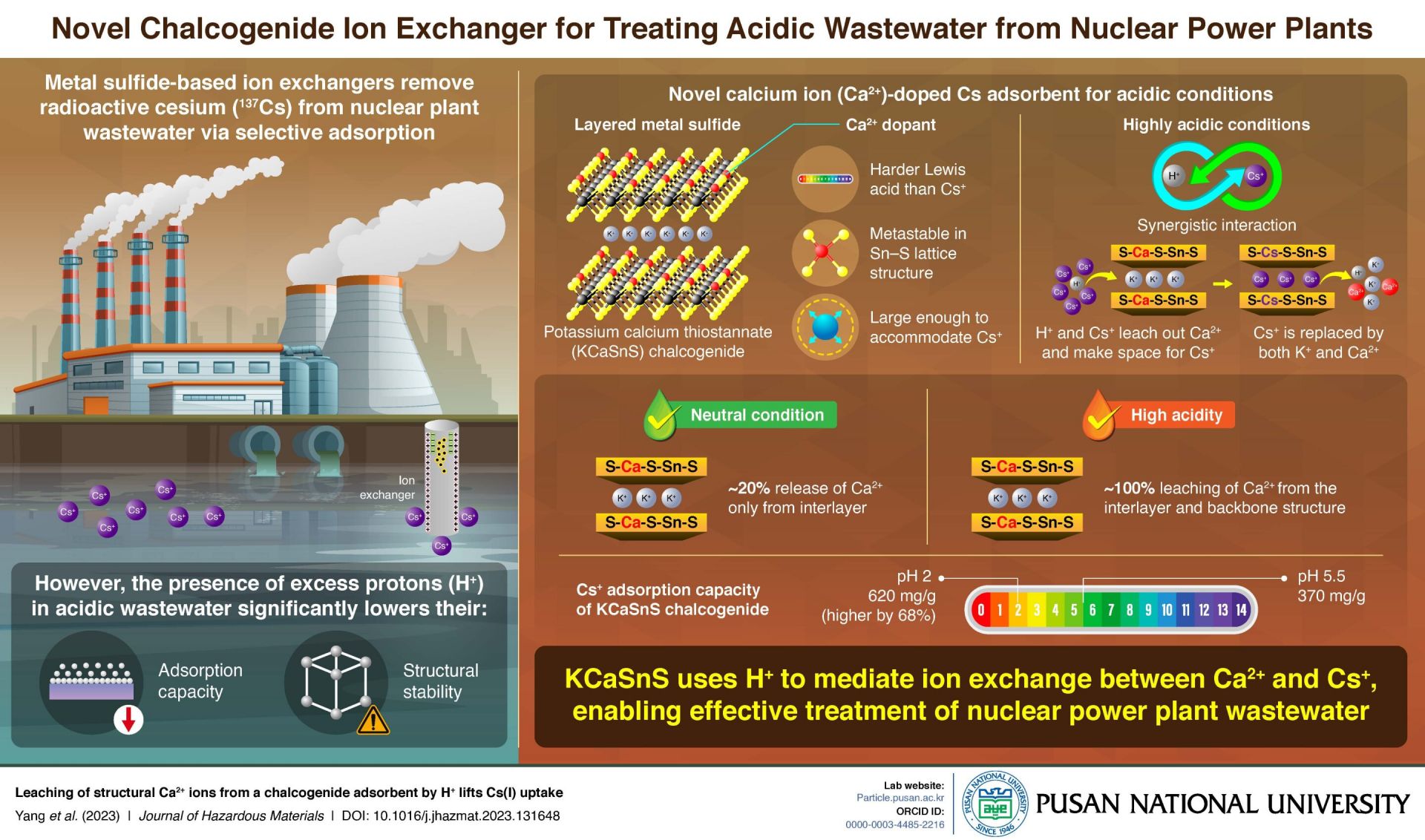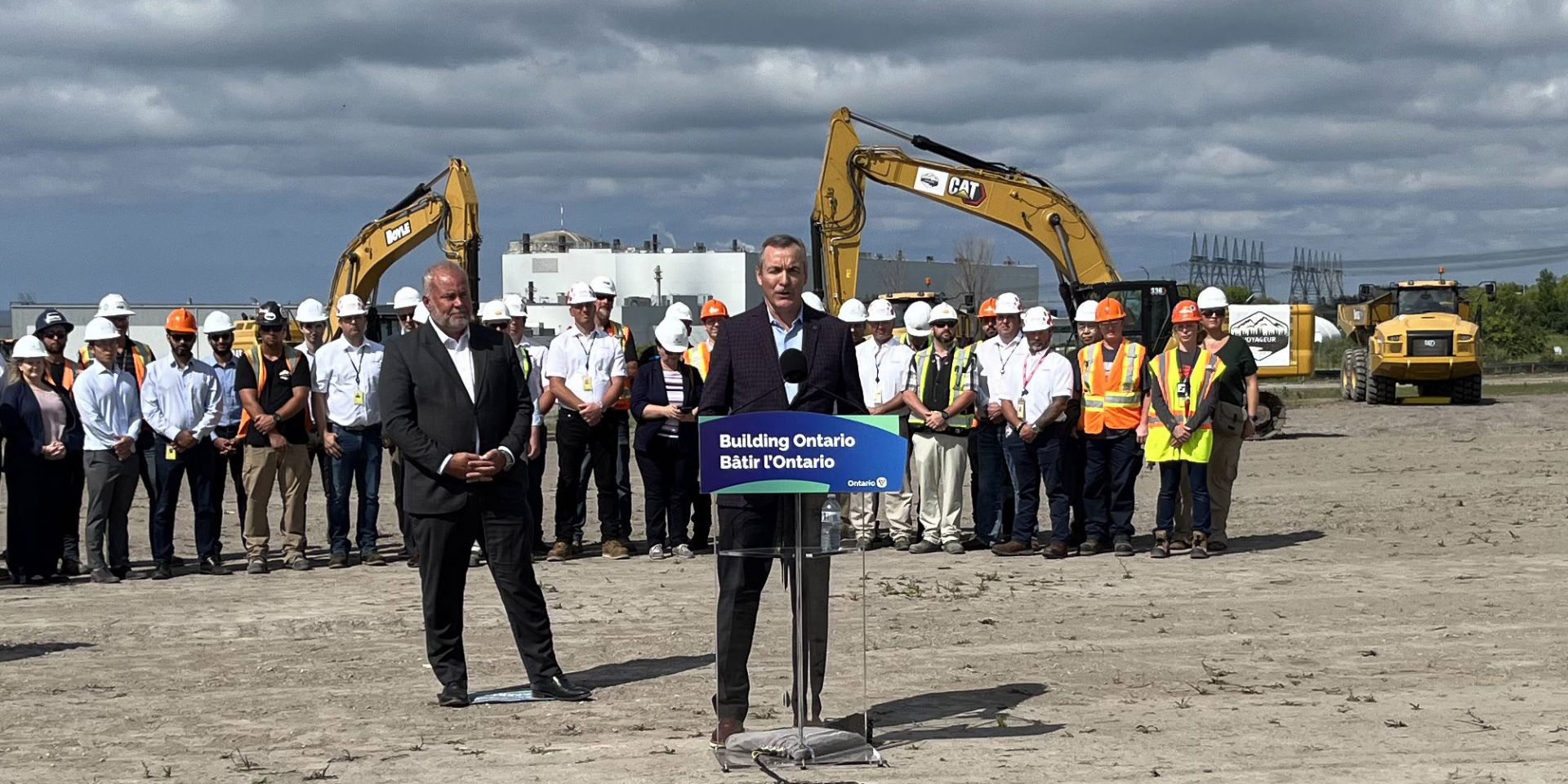Bulgaria, Ukraine to cooperate on nuclear energy

The energy ministries of Bulgaria and Ukraine have announced the signing of a memorandum of understanding to expand collaboration in the energy sector, including the nuclear energy sector.

A message from NV5, Inc.
Seconds Matter: Rethinking Nuclear Facility Security for the Modern Threat Landscape

The energy ministries of Bulgaria and Ukraine have announced the signing of a memorandum of understanding to expand collaboration in the energy sector, including the nuclear energy sector.
![]() Here is a recap of industry happenings over the past month:
Here is a recap of industry happenings over the past month:
ADVANCED REACTOR MARKETPLACE
Paragon to supply I&C for Xe-100 SMR
Paragon Energy Solutions and X-energy Reactor Company have entered into a preferred supplier agreement by which Paragon will be the exclusive worldwide supplier for three crucial instrumentation and control systems for X-energy’s Xe-100 advanced small modular reactors: the reactor protection system, post-event monitoring system, and neutron instrumentation system. The new agreement builds on an existing partnership between the two companies in the areas of critical safety mechanisms, which also includes Paragon’s HIPS FPGA system.
The current bull market for uranium seems to be heating up. “Fundamentals are strong, and new political incentives are in place to spur nuclear development,” according to an article on the Proactive Investors website, which also noted that the uranium supply “will need to increase significantly to meet the market’s needs if nuclear is to become a key source of energy in the global push to reduce carbon emissions.”
The European Union has selected a Westinghouse-led consortium to develop and deliver “a secure, fully European nuclear fuel supply” for Russian-designed VVER reactors in the EU and Ukraine, the U.S.-based firm announced last week.

Researchers from the Pusan National University in South Korea have developed a new calcium-doped ion exchanger for the removal of radioactive cesium from acidic nuclear power plant wastewater. The findings have the potential for developing more efficient and effective methods of remediating radioactive contamination.

The Nuclear Regulatory Commission has made public an unclassified version of its annual report to Congress on the results of its security inspection activities in 2022.
Really taking off during the pandemic, ANS’s online event programming remains very strong and continues to be a great resource for the nuclear community. This year alone, ANS has produced 14 different webinars—some of which are only available to members, with most available to the general public.

Urenco announced July 6 that it will expand enrichment capacity at its U.S. site in Eunice, N.M.—known as UUSA—by adding new centrifuge cascades to increase capacity by about 700 metric tons of separative work units per year, or a 15 percent increase, with the first new cascades coming on line in 2025.
There are two open positions on the Nuclear Regulatory Commission’s Advisory Committee on Reactor Safeguards (ACRS). To fill these positions, the NRC is looking for candidates who have extensive experience in nuclear reactor safety issues—especially in the engineering and safety aspects of new light water and non–light water reactor designs and technologies, or in similar areas of nuclear reactor and fuel cycle safety.

If we’re in a new nuclear renaissance, its capital would appear to be Ontario. On July 7, just two days after debuting a collaboration with Bruce Power to build up to 4.8 GW of new nuclear generation at the Bruce plant, the government of Ontario announced that it is working with Ontario Power Generation to begin planning and licensing for the deployment of three additional GE Hitachi Nuclear Energy (GEH) BWRX-300 small modular reactors at that utility’s Darlington site.

Ken Petersen
president@ans.org
It is a great time to be American Nuclear Society president. There are very positive articles in Nuclear News and other places on the advances in fusion, nuclear in space, isotopes, and new power plants. It seems that every month the good news keeps building. I am also fortunate to start my presidency after the extraordinary efforts of past presidents Steve Nesbit (2021–2022) and Steven Arndt (2022–2023).
Steve Nesbit created a special committee to make recommendations on the framework of a generic standard for a high-level radioactive waste repository. The excellent work is currently out for review and, once complete, this standard will be a significant step forward for existing and future reactors. When Steven Arndt started as ANS president last year, he said he would prioritize participation and advocacy, and in these regards he has been an outstanding nuclear advocate. He has taken advantage of being able to travel and has attended numerous conferences in person after the past few years of cancelations, postponements, and virtual meetings for ANS and other industry events. At the same time, Arndt has advocated for a Nuclear Worker Certification program. While the program is not yet approved, I believe it is an excellent initiative, particularly now, with so many people coming to the industry who are new to nuclear—and the growing need for more.
The Department of Energy has awarded an estimated $2.6 million to the National Governors Association (NGA) Center for Best Practices to work collaboratively with governors to solve the continued challenges posed by waste management and cleanup at DOE sites, the DOE’s Office of Environmental Management announced on July 5.

“It is critical after the Hamaoka Nuclear Power Station restart that we reduce our cost and increase our capacity factor while becoming more economically competitive.” Ichiro Ihara, chief nuclear officer of Chubu Electric Power, made this observation recently when the Electric Power Research Institute visited the Japanese nuclear power plant for a strategy development session for plant modernization. EPRI’s team of five specialists spent four days at Hamaoka to investigate the feasibility of potential improvements—the third step of the EPRI modernization strategy planning process. It was a trip six months in the making—and the first time EPRI has applied its nuclear plant modernization process outside the United States.

The government of Ontario announced Wednesday that it is starting predevelopment work with Bruce Power—operator of the eight-unit Bruce nuclear plant—to site the first large-scale nuclear build in Canada in more than thirty years.

Westinghouse Electric Company has submitted to the Canadian Nuclear Safety Commission the first set of vendor design review (VDR) documents for its eVinci microreactor, the Pennsylvania-based nuclear technology firm announced yesterday. In September 2021, Westinghouse signed a service agreement with the CNSC that initiated the VDR.
Take note! Registration closes today for the U.S. Department of Energy Conference for Newcomers: Understanding Exports of Advanced Reactor Technologies, scheduled for July 26–27 at Argonne National Laboratory in Lemont, Ill.
Contact Mercedes Trent (mercedes.trent@nnsa.doe.gov) to sign up for the conference. Additional information will follow upon registration.
International Atomic Energy Agency experts at Ukraine’s Russian-occupied Zaporizhzhia nuclear power plant have so far been unable to verify recent claims by Ukrainian president Volodymyr Zelenskyy that Russia may have planted explosives at the site to “simulate an attack.”
In January 2003—early in the “nuclear renaissance” of the 2000s—around 70 nuclear utility executives attended an ANS Utility Executive Conference, which was organized around the theme “Future Vision.” They traveled to Scottsdale, Ariz., to discuss how the nuclear community could achieve the bright future they envisioned just ahead—does that sound familiar?

Craig Piercy
cpiercy@ans.org
Wow, that was a banger! The 2023 Annual Meeting had the energy level of an ANS Student Conference. That’s no easy feat. I’ve had several requests for my opening plenary remarks. Here is a shortened version, edited for reading:
So, “Failure Is Not an Option.” I’ll be honest, I wasn’t sure about it in the beginning. It’s not anodyne like “Powering Our Future!” or some punny Indy reference like “Racing to the Finish.” It didn’t seem to fit our situation.
That phrase, popularized by the movie Apollo 13, has its origins in a time of crisis: three men trying to “eyeball” a free return trajectory to Earth while a team of NASA engineers figures out how to literally put a square peg into a round hole to save the astronauts’ lives.

Consulting company TVO Nuclear Services (TVONS), a subsidiary of Teollisuuden Voima Oyj, owner and operator of Finland’s three-unit Olkiluoto nuclear plant, has signed a memorandum of understanding with Norsk Kjernekraft, aka Norwegian Nuclear, a firm established last July with the goal of bringing small modular reactors to power reactor–deprived Norway.
A June 27 announcement from TVO said the new MOU provides the Norwegian firm with “access to the know-how and experience of one of the world’s best-known nuclear power companies” and stressed TVO’s 60 percent ownership of Posiva, the company responsible for the disposal of Finland’s spent nuclear fuel. “Posiva has successfully built the world’s first final disposal facility for high-level nuclear waste,” TVO stated. “This is decisively important for Norwegian Nuclear’s plans for the management of the entire life cycle of nuclear power.”